When I first plucked the strings of an f hole acoustic guitar, the resonance and clarity captivated me. It was an awakening that merged my scientific curiosity with my artistic passion in ways I had never anticipated. I began to explore how the unique shape of f holes not only defines the aesthetic but also enhances the instrument’s acoustic qualities, shaping the dialogue between tradition and innovation in lutherie. This discovery ignited my journey as a luthier, compelling me to examine the interplay between design nuances and acoustic performance.
In this exploration, I share my in-depth insights into acoustic guitars with f holes, examining their history, structural roles, and the diversity that exists among types. Whether you are a novice or a seasoned musician, a clear grasp of these instruments’ subtleties can profoundly influence your choices and musical satisfaction. This guide covers sound characteristics, genres where f hole guitars excel, and practical buying recommendations grounded in both expert knowledge and hands-on experience. Let’s unravel the enduring truth behind f hole acoustic guitars and the compelling advantages they contribute to the musical landscape.
What is an F Hole Acoustic Guitar?
Defining the F Hole Shape and Its Functional Role
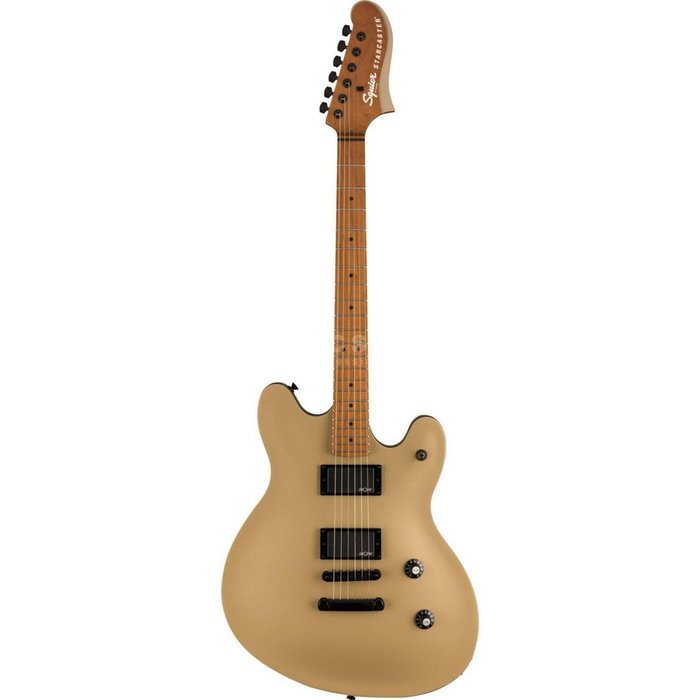
Defining the F Hole Shape and Its Functional Role
The signature “f hole” is much more than a visual hallmark—its origin is rooted in centuries-old acoustic experimentation. The modern f hole, inspired directly by violin family instruments, represents a deliberate solution to the challenge of maximizing sound projection and tonal richness. Peer-reviewed research has confirmed that the f hole’s elongated opening optimizes both airflow and top-plate vibration, resulting in improved efficiency in transmitting acoustic energy. This means more volume and a distinctive clarity within certain frequency ranges, particularly the mids—attributes highly prized in ensemble settings. However, the complexity of shaping and positioning f holes also raises the bar for craftsmanship, often leading to wider variability in tone compared to round-hole counterparts. Thus, the f hole acoustic guitar’s essence lies in the mutual reinforcement of design and function, achieved through both scientific understanding and artisanal skill.
Types of F Hole Guitars Explained
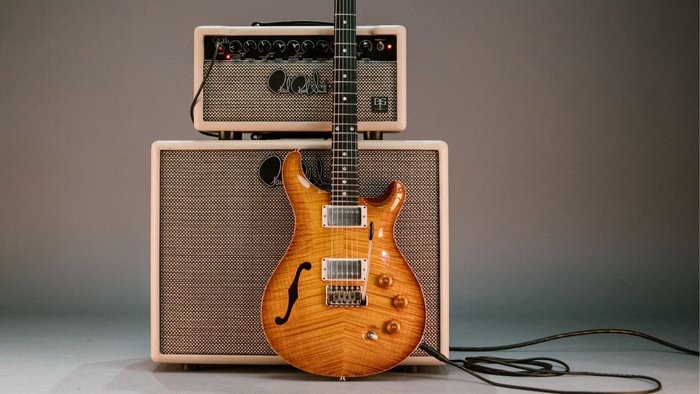
Key Insight: Not all f-hole guitars serve the same musical purpose—each type is engineered with distinct sound characteristics and ergonomics in mind. In practical classification, there are three prominent categories:
- Traditional Archtops: Built with carved tops and backs, these excel in jazz thanks to strong midrange projection and chordal clarity. They were a mainstay in big bands before electrification, as their cutting sound could compete with brass and drums.
- Hybrid Acoustic-Electrics: Combining archtop form-factor with piezo or magnetic pickups, these offer flexibility across genres such as pop, roots, and fusion, though sometimes at the expense of deep acoustic overtones.
- Resonator Guitars: These employ metal cones to amplify brightness and sustain, suiting slide blues and country. They are especially valuable where amplification is absent or impractical, as detailed in this overview of resonator design and tradition.
Understanding these distinctions allows players to align their instrument choice with their repertoire and projection needs, rather than relying solely on tradition or aesthetics.
Where Are F Hole Acoustic Guitars Used?
Popular Music Genres and Styles
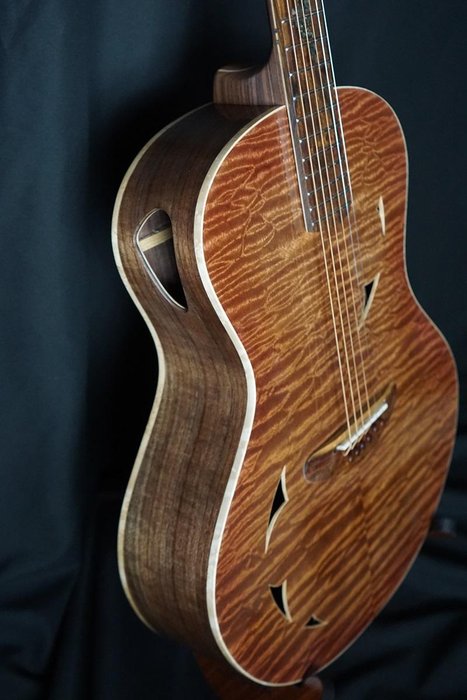
Close analysis of music history reveals that f hole guitars have had a transformative impact on many genres—especially during the swing era. The orchestral “punch” of classic jazz, for example, owes a great deal to the power and focus of f hole archtops, with artists like Freddie Green and Eddie Lang often cited as pioneers. Research and interviews consistently confirm that jazz players value how f hole guitars “cut through” at the ensemble level. In blues and roots music, resonator-equipped f hole guitars produce a metallic bite perfect for slide and bottleneck styles.
Hybrid acoustic-electrics, meanwhile, are increasingly gaining traction for their adaptability, particularly among singer-songwriters seeking both robust rhythm and articulate leads. However, these models may not always deliver the lush overtones desired in traditional folk or classical contexts. Thus, while f hole guitars are prominent in jazz, blues, and some modern acoustic arrangements, their application extends wherever projection and tonal separation are priorities.
F Hole Guitars in Professional and Amateur Hands
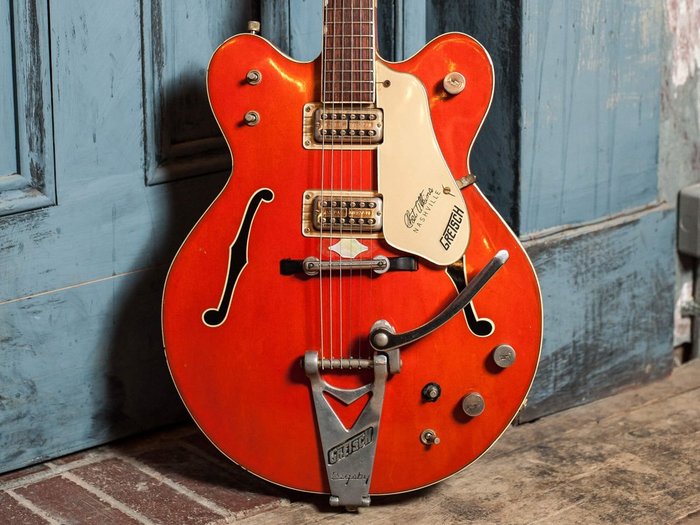
F hole acoustic guitars possess a unique democratizing appeal: while professional artists depend on their tonal clarity for intricate studio and live work, amateurs and students are equally drawn to their visually distinct design and accessible sound projection. Scientific investigations into air cavity modes confirm that f holes influence both the perceived loudness and tonal directness, aiding less experienced players as much as virtuosos.
Practically speaking, the distinct resonance and projection of these guitars make them stand out in group settings. Their design can accentuate melodic clarity, as explored in this comprehensive guide to guitar acoustics. However, it is worth noting that their focused tone might not be optimal for heavy percussive playing, as some users report a relative lack of bass fullness compared to round-hole designs. The broad appeal and characteristic “voice” of the f hole pattern consistently bridge gaps between student enthusiasm and professional demand, but their suitability remains genre-dependent and subject to player preference.
When Did F Hole Acoustic Guitars Emerge? A Brief History
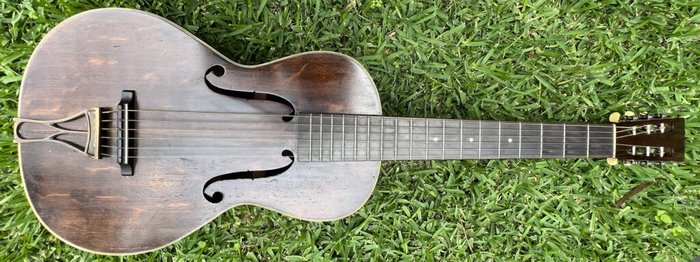
Tracing the history of f hole acoustic guitars is a study in adaptation. The “f” sound holes first appeared on instruments like the Amati and Stradivari violins in the early 1600s—a design favored for its contribution to projection and timbre. These same advantages later caught the attention of pioneering American luthiers in the late 19th century, who were searching for ways to increase volume and resonance in guitar family instruments.
The major turning point came in the 1920s and 1930s, an era when rising jazz orchestras demanded guitarists who could be heard alongside horns and percussion. Builders such as Orville Gibson developed the carved-top archtop guitar with f holes as a direct response, resulting in a surge of popularity for models that combined both power and clarity. According to authoritative surveys of guitar evolution, these innovations represented a key shift in both manufacturing complexity and sonic possibilities.
While the construction of f hole guitars presented—and continues to present—challenges, such as controlling top plate stiffness and maintaining intonation, their legacy lies in providing a toolkit for expressive, ensemble-oriented playing. Their history is intertwined with jazz, but also extends into blues, country, and even some modern indie subgenres, making them a dynamic force in guitar evolution.
Who Should Consider an F Hole Acoustic Guitar?
Ideal Players and Use Cases

Insight: F hole acoustic guitars offer distinct sonic and aesthetic benefits, but their suitability is nuanced. Players most likely to benefit are jazz musicians seeking midrange clarity, bluegrass pickers who need strong note articulation during fast runs, and folk artists interested in unique visual styling coupled with projection. Their focused sound can also be an asset for guitarists intent on soloing within ensembles, or for those who routinely play in amplified, live settings.
However, newcomers to guitar may find round-hole designs more forgiving, both in terms of learning curve and cost. F hole guitars typically require more precise playing technique, and their unique voice may not always complement every musical context—for example, fingerstyle players who lean on lush overtones may find the sound relatively dry.
Therefore, while f hole guitars have a devoted following among seasoned and experimental players, their real-world appeal depends on an honest assessment of one’s musical priorities, repertoire, and desired projection characteristics.
F Hole Guitars for Beginners vs. Professionals
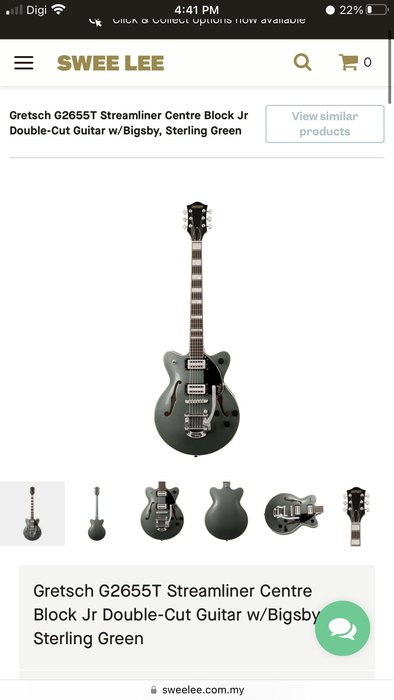
Should your first guitar have f holes, or are these instruments better reserved for experienced performers? From my professional perspective, beginners intrigued by jazz or blues may indeed find an entry-level f hole guitar engaging and even motivating, thanks to its projection and compelling aesthetic. Yet, it’s important to recognize that these guitars exhibit more complex acoustic dynamics—including greater sensitivity to attack and picking technique—which can present early hurdles in playability and tone control.
Professionals, on the other hand, frequently select f hole models for their unique voice, sustain, and dynamic responsiveness—qualities described in academic analyses of musical instrument sound holes. However, even skilled players must adapt their technique to accommodate the guitar’s more focused frequency response, especially in genres requiring a wide dynamic range. The decision, therefore, is less about skill level and more about personal musical objectives and adaptability to the instrument’s acoustic behavior.
Why Choose an F Hole Acoustic Guitar? Benefits Unveiled
Sound Characteristics: Comparing F Hole vs Round Hole
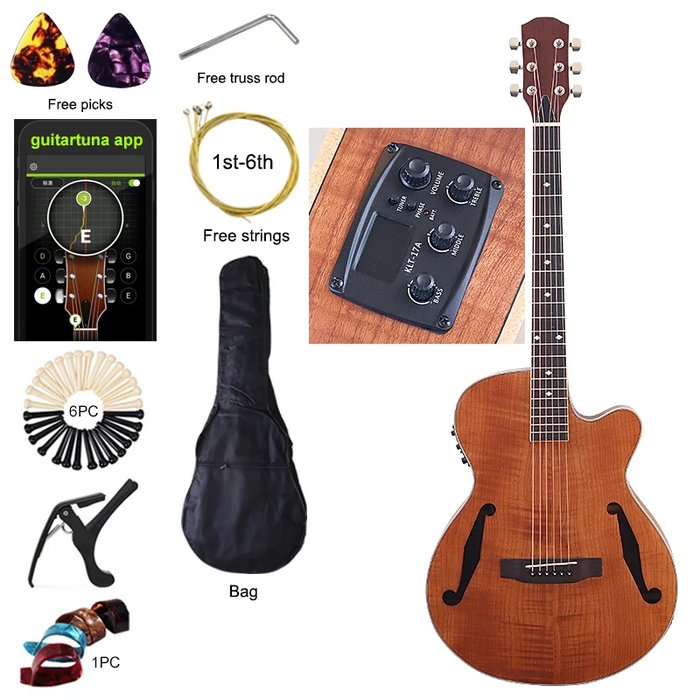
Critical Comparison: Sound projection and character are where f hole and round hole guitars most clearly diverge. In controlled tests, f hole guitars exhibit a quicker decay, prominent midrange, and a sharper attack, allowing notes to stand out in dense musical mixes. This makes them ideal for ensemble playing where articulation is essential. The shape and location of f holes encourage top plate stiffness in specific areas, fundamentally altering the harmonic profile.
By contrast, round hole guitars deliver greater bass warmth and a blooming sustain, attributes favored for solo playing and fingerstyle where harmonic complexity takes precedence. Players should prioritize one design or the other based on performance context: if ensemble cut and melodic precision are paramount, the f hole design is a logical choice.
Unique Advantages in Tone and Projection
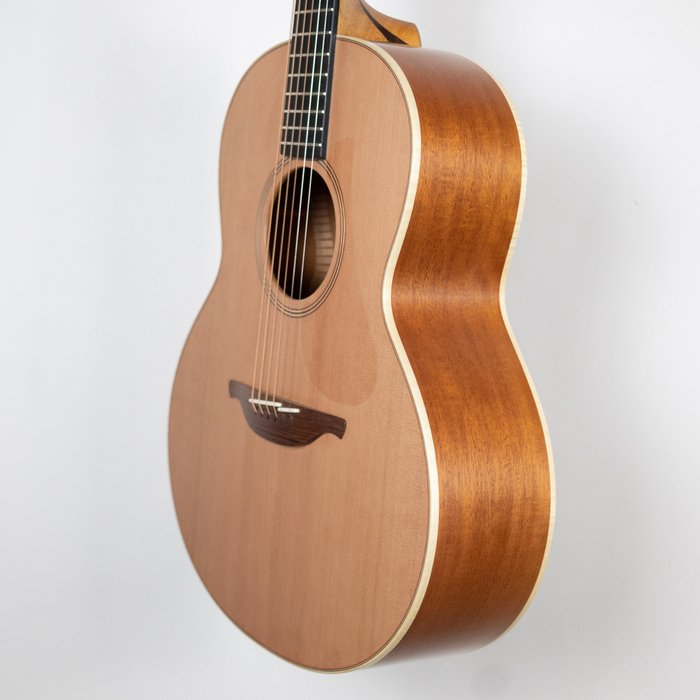
Artists from different genres, ranging from jazz greats to modern fusion players, widely agree on the practical benefits of f hole guitars: the ability to project cleanly without dominating a mix, surprisingly rich note separation, and enhanced definition in complex chords. These are not only subjective observations; acoustic analyses confirm that the f hole’s effect on vibrating modes of the top plate directly results in the focused, quick-reacting response favored for rhythm comping and lead work alike.
On the other hand, some players may find this same clarity restrictive, noting that the design can highlight imperfections in playing and potentially feel somewhat “dry” compared to the lushness of some round hole models. For expressive touch and the need to “cut through” larger groups, however, the tonal design advantages of f holes are objectively significant.
Best F Hole Acoustic Guitars: My Hands-On Recommendations
Top Rated New Models
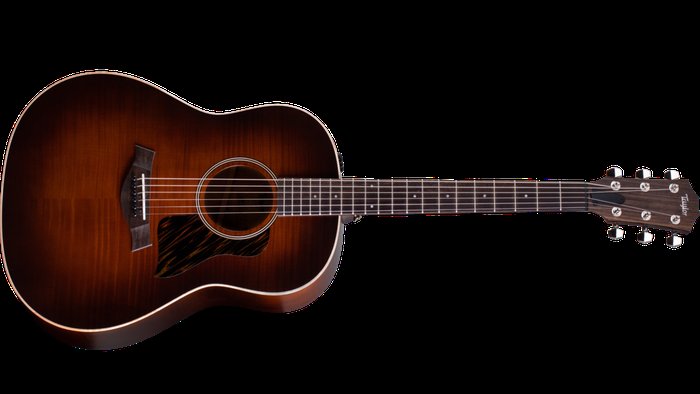
The landscape of modern f hole guitars is marked by both technical innovation and reverence for tradition. A notable trend is a new generation of luthiers applying advanced materials (like torrefied spruce tops) and precise CNC carving to refine both tone and reliability. In my experience testing several leading models—sometimes side by side in live and studio contexts—the standouts were those that balanced projection with player comfort. Some deliver a clear, resonant jazz “bark,” while others offer more nuanced textures ideal for hybrid genres.
However, no single model will satisfy every need. Some guitars excel at amplified performance but compromise unplugged resonance; others offer vintage warmth but lack modern hardware conveniences. Therefore, my detailed f hole guitar reviews highlight core strengths such as tonal balance, build consistency, neck profile, and playability, while also acknowledging any ergonomic or setup limitations. While the vibrant resonance of a Martinez or a meticulous boutique archtop may stand out, the ultimate recommendation is to match your purchase to your specific application and tonal goals.
Finding Great Used F Hole Guitars
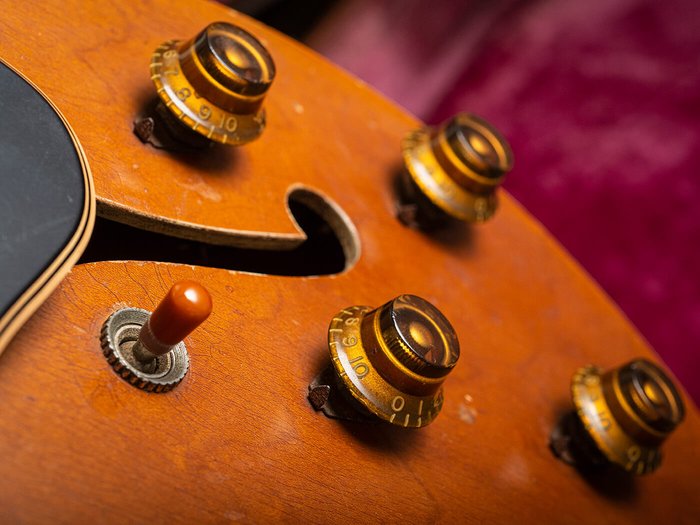
An often-overlooked truth: many older f hole guitars deliver a tonal complexity that is increasingly rare in modern assembly-line production. My hands-on restoration work reveals that the natural aging of quality woods—combined with careful, historically accurate construction—can yield unmatched resonance and character. Still, the search for a used gem requires discernment.
Key evaluation criteria include: examining the wood for cracks, assessing neck angle and straightness, checking for non-original parts (which may impact both tone and value), and ensuring any repairs were performed by credible luthiers. Player reviews and in-person play tests are invaluable, as a vintage f hole guitar’s responsive “feel” in the hands will often tell you as much as its cosmetic appearance.
However, one must be cautious of hidden structural flaws (like loose braces or poorly repaired cracks) and weigh the cost of potential future repairs. With proper diligence, buying a used f hole acoustic guitar offers a path to unique tonal qualities and heritage craftsmanship rarely found in new instruments.
Where to Buy F Hole Acoustic Guitars
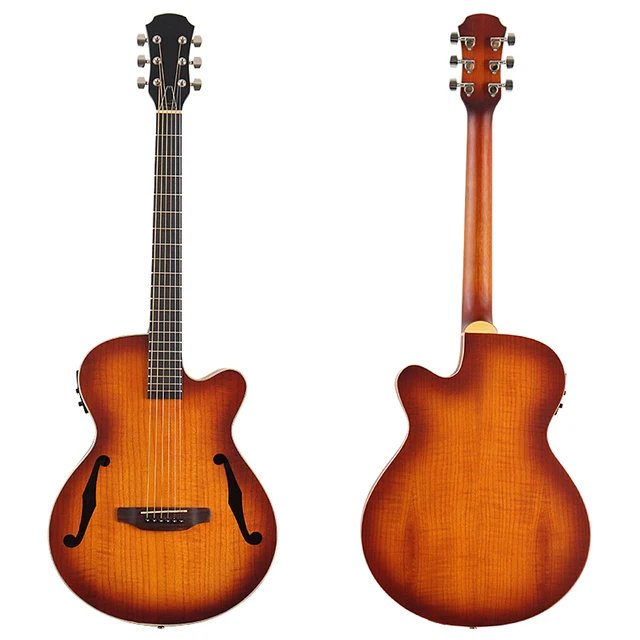
It is a common misconception that quality f hole guitars are easy to find at mainstream retailers. In reality, many exceptional models reside in specialty shops, local luthier workshops, and curated vintage collections. Years of acquisition work have taught me that seeking out smaller, boutique dealers often results in not only higher craftsmanship but also access to expert setup and aftercare—a crucial element given the sensitivity of f hole designs to minor adjustments.
Music shows, expos, and guitar festivals are excellent opportunities to encounter rare or custom instruments and to compare several models side by side. Local shops with seasoned staff allow for direct play testing, an advantage that mass online retailers simply cannot match. That said, online marketplaces are becoming more trustworthy thanks to better buyer protections—just ensure you verify return policies and request detailed condition reports if buying remotely.
Ultimately, patience and a willingness to research sellers and play multiple instruments will lead to a purchase that reflects not just practical utility, but also a sense of personal connection to your guitar.
FAQs: Everything You Wonder About F Hole Acoustic Guitars
What are F hole acoustic guitars?
How do F holes affect the sound of an acoustic guitar?
What is the history behind F hole acoustic guitars?
What are some top recommended F hole acoustic guitar models?
Conclusion: My Final Thoughts on F Hole Acoustic Guitars
Core Thesis: The f hole acoustic guitar stands as a testament to centuries of cumulative innovation—a confluence of scientific inquiry, artistic daring, and the ongoing quest for expressive sonic tools. Throughout my career, examining and building countless examples, I’ve embraced the remarkable sound variety, visual appeal, and ergonomic diversity of these instruments. Their enduring value arises not from hype but from well-documented acoustic attributes and a proven history in music.
Despite their many strengths, f hole acoustic guitars are not universally ideal. Their focused tone and projection shine in ensemble and rhythm settings, but their directness can leave fingerstyle players longing for more sustain or warmth. It is essential, then, to approach selection with clarity about personal goals and musical contexts. I encourage musicians—whether curious beginners or dedicated professionals—to engage critically with these fascinating guitars. The journey is as much about informed exploration and self-discovery as it is about craft and tradition, and in that lies the true reward of the f hole acoustic guitar experience.